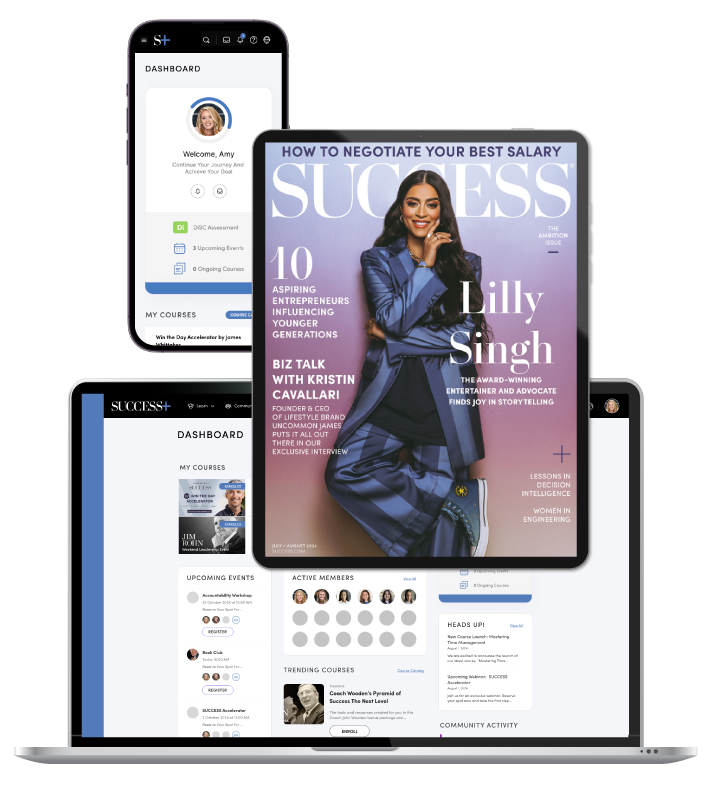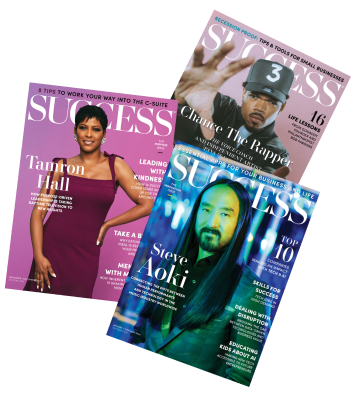After months spent hunting for a new job, Aliyah Jones still had a pretty good sense of humor about the job market. She often posted about her experience on social media, using a mix of relatable memes and wit to bond with others who were slogging through endless applications. However, while most responses were positive, one stood out to Jones in all the worst ways: a well-meaning person who insisted she hadn’t been hired because she wasn’t acting “corporate enough.”
This sort of microaggression is unfortunately common. Black women frequently face tone policing, such as being told that they’re too “angry” or “bitter” for showing emotion in a professional setting—even if their white and non-Black colleagues demonstrate the same behaviors without reprimand. Black women are also 2.5 times more likely to be called “unprofessional” simply for wearing their hair the way it grows out of their head (rather than straightening it).
Jones recognized the comment for what it was, but it stuck with her. She knew that on paper, she should have been a competitive applicant. She had a degree from a prestigious school and three years of experience in her field, and she applied often to jobs in her field. Though Jones had already suspected that her identity, rather than her resume, was slowing her search, the comment on her post inspired her to find out for herself.

The experiment
In May, Jones created a new LinkedIn profile: an AI-generated blonde-haired, blue-eyed white woman named Emily. Emily had all the same experience and skills that Jones did, just with a white profile picture and name. In all, Jones applied to more than 300 jobs as both Emily and herself.
For months, Jones watched as opportunities rolled in for Emily while her own profile received a fraction of the same attention. As herself, Jones received rejections 59.4% of the time, got no response 31.7% of the time and got an interview request only 8.9% of the time. On the other hand, Emily’s response was essentially the opposite. Jones’ white alter ego received an interview request 57.9% of the time, rejections 26.3% of the time and no response only 15.8% of the time. In addition, only 1.8% of recruiters reached out to Jones to make first contact, whereas 3.5% reached out to Emily.
The application process itself looked different for Jones and Emily as well. Emily was rarely asked to do any unpaid work or additional assignments to prove her merit. Jones even shared a screenshot of a recruiter’s email telling Emily that “normally, we ask candidates to submit an assignment, but your work truly speaks for itself, so there’s no need for that this time.” Meanwhile, Jones was given a laundry list of unpaid work, such as being asked to create advertising banners, social media posts, flyers and more.
After eight months of conducting the emotionally taxing experiment, Jones decided she’d had enough. As she put it, Emily was “ruining [her] life.” Jones posted the results of her experiment on TikTok, LinkedIn and YouTube, and the response since has been staggering. Jones has appeared in Teen Vogue, has been reached out to directly by LinkedIn and its employees and has even teased that the experiment might be coming to television too.
“When I started this experiment, I wasn’t expecting the overwhelming support and the stories shared by people from all different walks of life,” Jones shared in an interview. “It highlights what is truly happening in our society and emphasizes why these discussions need to continue daily in order to drive meaningful change. I’m grateful that by using my voice, I’ve helped others who’ve faced similar struggles find the courage to share their own stories.
“This is not the end of this story,” she added. “It’s only the beginning of my next chapter.”
Sometimes the deck really is stacked against you
Employment lawyer Jessica Childress said that Jones’ story is unfortunately “just one example of a broader pattern of inequity in hiring that research has consistently shown.”
Those with marginalized identities often start out at a disadvantage in the job market. For example, research has shown that employers tend to favor applicants with white-sounding names up to 24% of the time. AI resume screening tools have also been proven to highly favor white, male candidates. In addition, the unemployment rate for those who are Black is quite a bit higher than that of those who are white: 5.8% of Black people faced unemployment in 2024, while only 3.5% of white people did during the same period.
Jones isn’t even the first to do an experiment like this—she’s just the most recent in a long history of inequity. After going viral, Jones said that she was flooded with messages from those who had previously tried out similar experiments themselves.
How to avoid bias when hiring
While the recruiting landscape itself isn’t likely to undergo drastic reforms overnight, there are some easy ways that recruiters, hiring managers and business owners can ensure their own practices are fair for every applicant.
The results that Jones saw in her experiment likely come down to some form of unconscious bias (also called “implicit bias”) in the hiring process. Essentially, unconscious bias is the way that a person perceives reality thanks to their life experiences, which can often lead to discrimination and stereotyping based on factors like race, gender, sexuality, ethnicity, age and more. It influences subjective perceptions, such as “gut feelings,” and influences how a person sees those who are different from (or the same as) them.
Everyone has some form of unconscious bias—the key is to recognize your own blind spots and create a system that is fair and cannot be derailed by a single person’s unconscious bias.
According to Childress, standardizing the hiring process is the first step. She suggests creating clear, objective criteria for evaluating each candidate. Evaluation techniques like scoring systems and blind reviews that remove identifiers can keep recruiters focused on the objective elements of an application, such as skills and experience. Establishing a diverse hiring committee of multiple people can also lessen the impact that any one person’s bias might have on the process. In addition, Childress notes that training recruiters and hiring managers on how to recognize implicit bias can keep the process more fair.
Kristin Austin, Ed.D., vice president of culture and community health for Rewriting the Code, also says that these examples are reasons to ensure that any AI systems are designed to reduce bias, not amplify it. Removing the names of applicants—and even the colleges they attended—can help the process remain more impartial.
“It’s important to remember that everyone faces rejection during a job search,” Childress says. If applicants begin to notice a pattern of rejections, she suggests reaching out to recruiters for constructive feedback. However, if the rejections seem to be stemming from a protected category, such as race, gender or age, Childress suggests “consulting with an employment lawyer to evaluate whether you might have a legal claim.”
Photo by fizkes/Shutterstock.com










